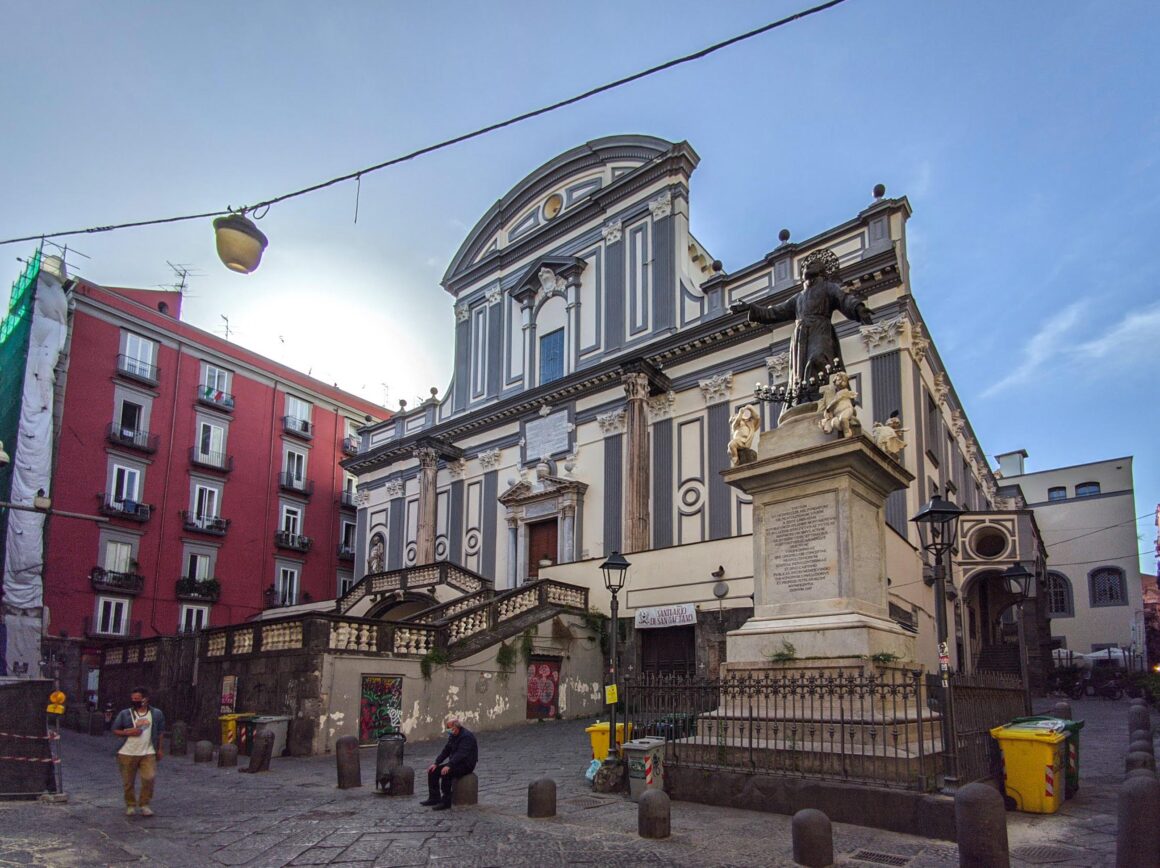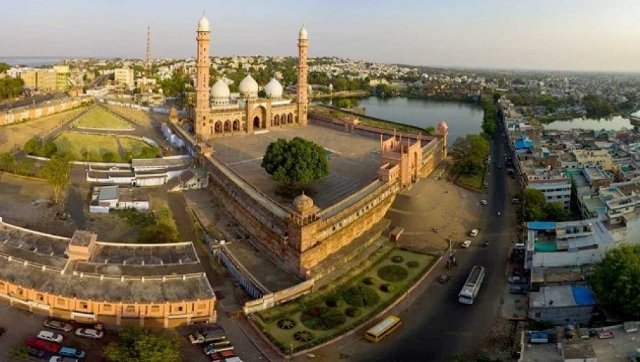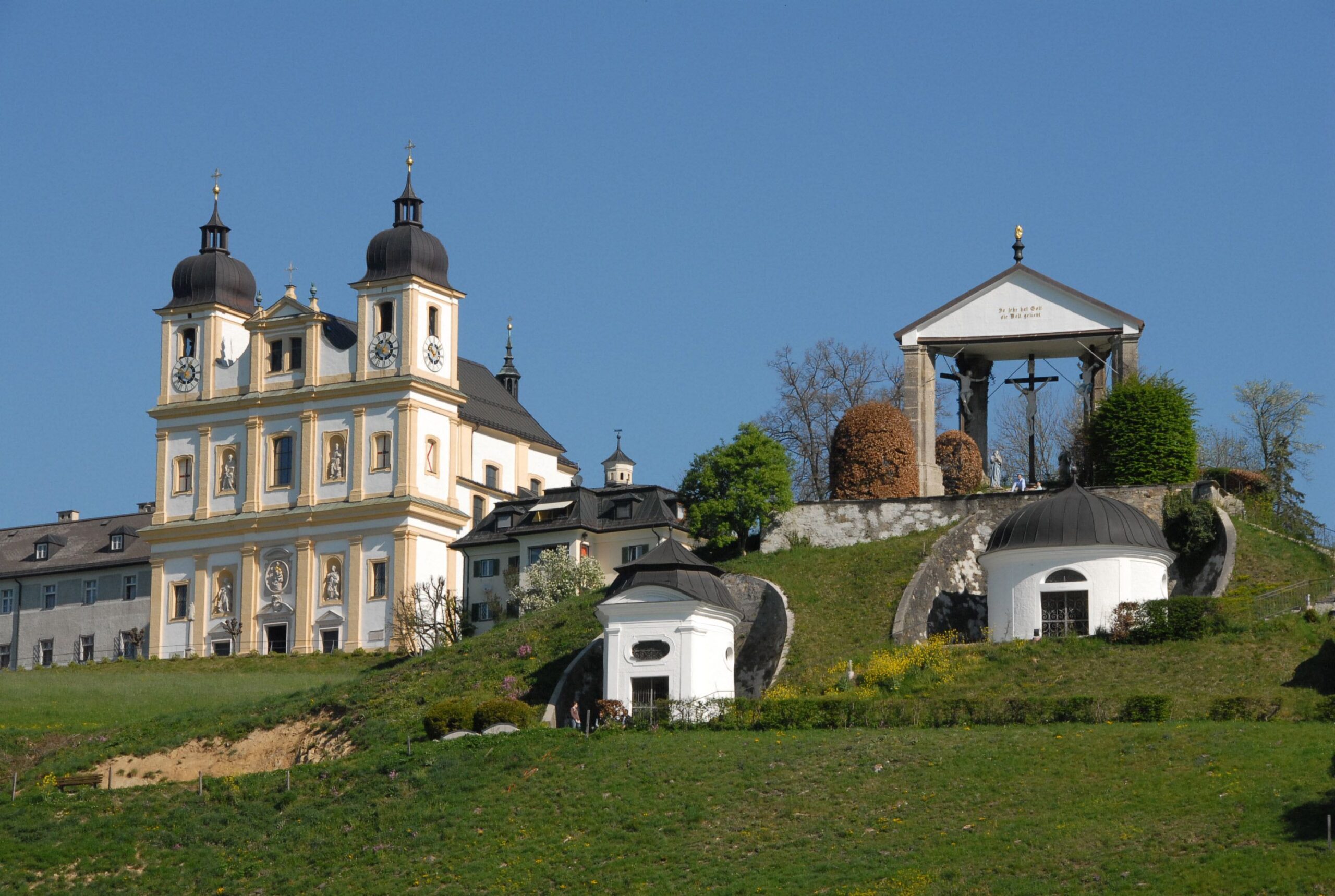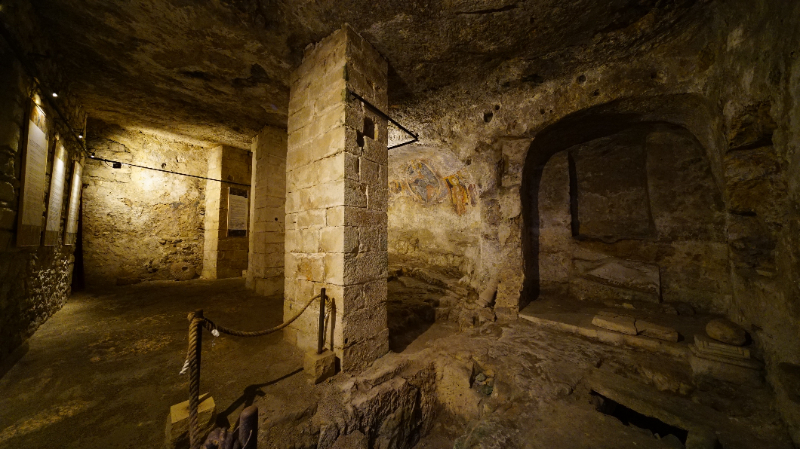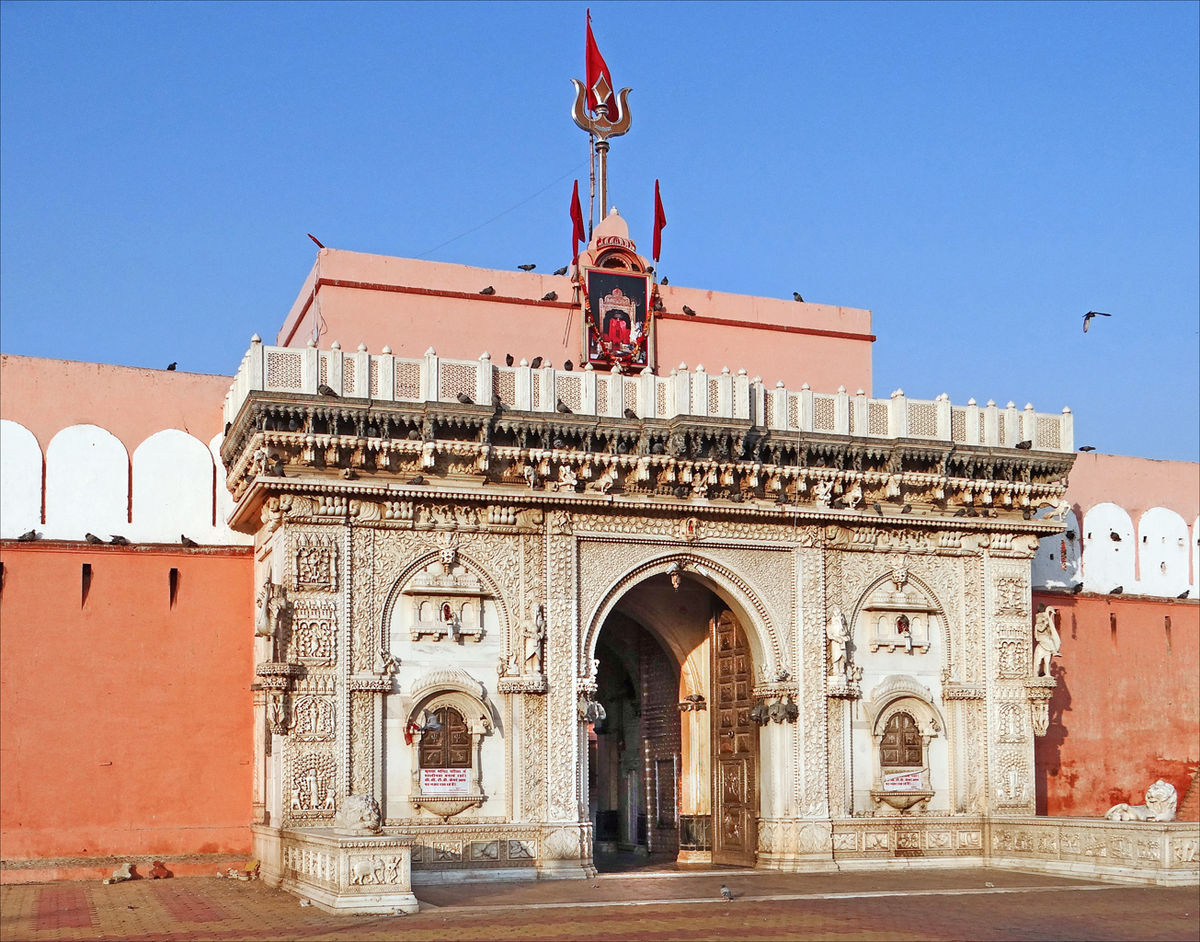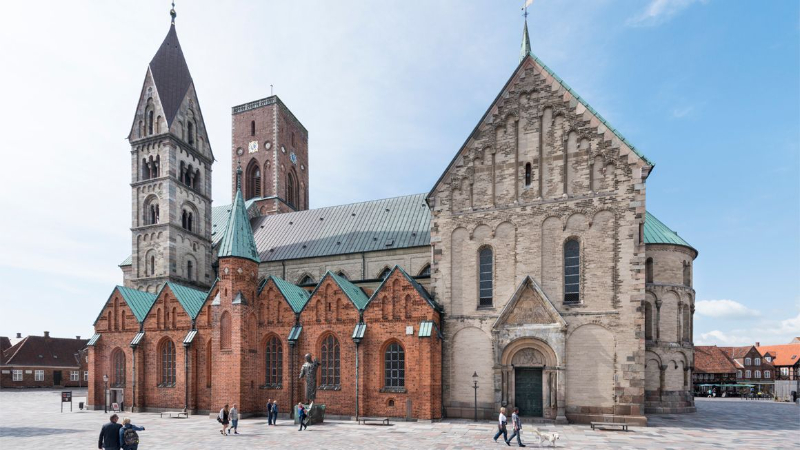In Taureana di Palmi, a few steps from the Archaeological Park, there is this small church dedicated to St. Fantino – the most ancient Calabrian saint – in which traces of the different stratifications are visible, with rooms built in different periods.
The external façade, for example, was rebuilt after the earthquake of 1783 and therefore dates back to the middle of the 19th century; in the external excavation air there are two apses, dating back to the early Middle Ages, which can be traced back to the period when the building was used as a convent, and a section of wall that instead dates back to the 16th century, when Count Spinelli di Seminara rebuilt the structure and named it Santa Maria dell’Alto Mare.
In the whole area of the Church is also attested a multi-layered cemetery area, dating back to the Roman age, and a small strip of necropolis, both outside and inside, with tombs placed in the lower levels and datable between the first and fourth century AD.
But the most fascinating part of the whole complex is undoubtedly the Crypt of St. Fantino, connected to the upper church by a trapdoor, and dating back to the 3rd – 4th century AD. It is a semi – hypogea building, with a rectangular plan, covered by a non-original barrel vault, supported by blind arches and pillars, with walls decorated with several cycles of overlapping frescoes and the remains of a sinopia on the back wall.
Tradition has it that in late antiquity the tomb of San Fantino was preserved inside the crypt.


